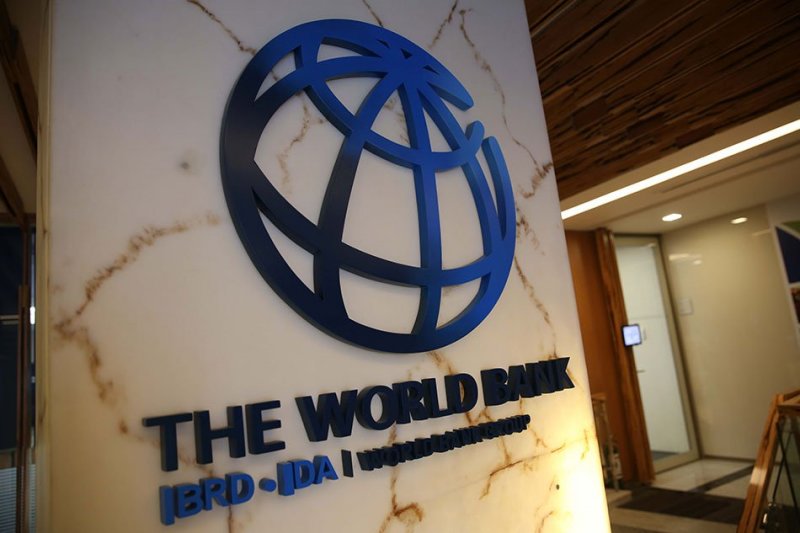
The latest edition of the World Bank Africa’s Pulse report has urged African countries to as a matter of urgency increase their investments in digital infrastructure as a way of engendering a digital economy which holds the key to turnaround the non-impressive growth saddling the continent.
The World Bank’s bi-annual analysis of the state of African economies released on Monday said the continent’s economic growth, 2.8% in 2019, continues to lag behind its population growth further adding that fragility remains a key draw back.
The World Bank Chief Economist for Africa, Albert Zeufack, commenting on the report highlighted what he said could be some escape route for the continent in the economic doldrums it currently finds itself.
According to him, Africa governments need to commit resources to building a resilient digital infrastructure that will engineer a digital economy that comes with a number of advantages that should ultimately translate into an inclusive growth.
“The digital transformation can increase growth by nearly two percentage points per year and reduce poverty by nearly one percentage point per year in sub-Saharan Africa alone. This is a game-changer for Africa,” said Mr. Zeufack.
Speaking to the B&FT on the sidelines of the launch of the report, the World Bank Chief Economist for Africa stated that the digital infrastructure gap between Africa and the rest of the world is huge.
“We need to invest to close that gap. We need to build more digital skills. We need to make to make sure we invest in government platforms and really promote digital entrepreneurship. These are the four pillars of our digital moonshot. And we call it digital moonshot because it is so ambitious and feels like a dream.
But it is actually achievable. The reason it is achievable is that governments are enthusiastically embracing this agenda. That’s the only development will happen. Development does not happen from abroad,” Mr. Zeufack stated.
He was confident that should African government appropriate these reforms as identified by the report that are needed in the digital revolution, they would make a big difference.
Concerning countries that on their own are unable to pursue that digital transformation agenda, the Chief Economist said the Bank is currently working out a mechanism to support their desire.
“We are hoping to work with countries to make that happen by 2030. And World Bank is putting some financing on the table to help countries that would want to borrow to implement this kind of policies to do so,” Mr. Zeufack said.
Growth snapshot
On Ghana, World Bank is projecting a stronger growth rate of 7.6 percent on the back of agriculture and increased in oil and gas production, higher than the projected rate of 7.2 percent by government.
In Nigeria, growth reached 1.9 percent in 2018, up from 0.8 percent in 2017, reflecting a modest pick-up in the non-oil economy. South Africa came out of recession in the third quarter of 2018, but growth was subdued at 0.8 percent over the year, as policy uncertainty held back investment.
Angola, the region’s third largest economy, remained in recession, with growth falling sharply as oil production stayed weak.
Growth picked up in some resource-intensive-countries like the Democratic Republic of Congo and Niger, as stronger mining production and commodity prices boosted activity alongside a rebound in agricultural production and public investment in infrastructure. In others, like Liberia and Zambia, growth was subdued, as high inflation and elevated debt levels continued to weigh on investor sentiment.
In the Central African Economic and Monetary Community, a fragile recovery continued as reform efforts to reduce fiscal and external imbalances slowed in some countries. Non-resource-intensive economies such as Kenya, Rwanda, Uganda, and several in the West African Economic and Monetary Union, including Benin and Côte d’Ivoire recorded solid economic growth in 2018.
Africa’s Pulse also found that fragility in a handful of countries is costing sub-Saharan Africa over half a percentage point of growth per year. This adds up to 2.6 percentage points over 5 years.
“The drivers of fragility have evolved over time, and so too must the solutions,” said Cesar Calderon, Lead Economist and Lead author of the report. “Countries have a real opportunity to move from fragility to opportunity by cooperating across borders to tackle instability, violence, and climate change.”
Source: thebftonline.com

































